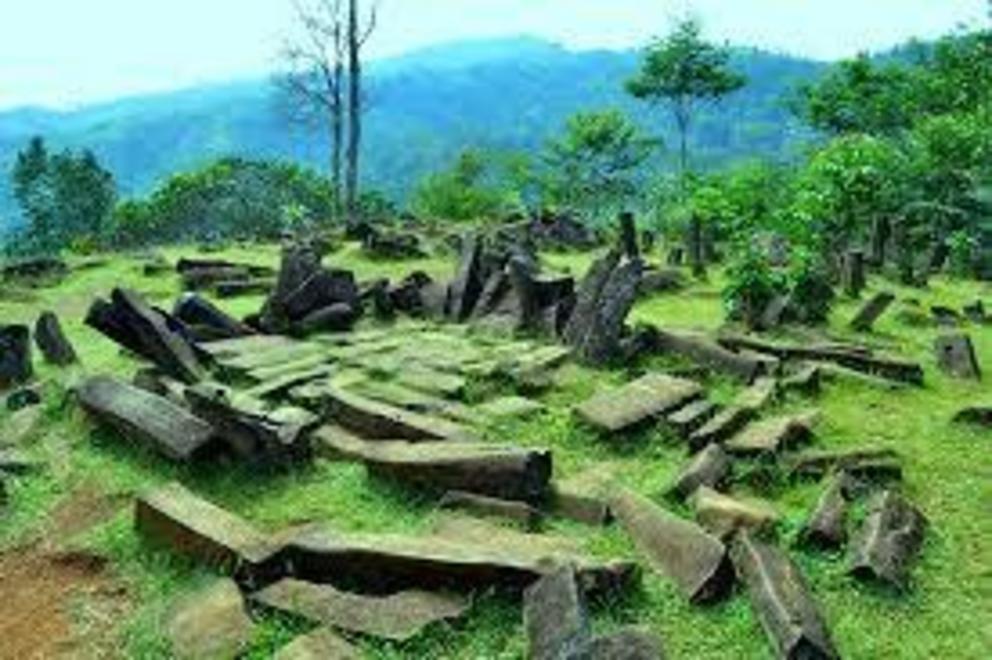Ancient Indonesian site of Gunung Padang could be 28,000-years-old say researchers
The Indonesian megalithic site of Gunung Padang has come to prominence in recent years due to findings that have suggested it is astonishingly ancient – far older than nearly all other megalithic sites around the world. But these findings have also been controversial, with some people suggesting the remarkably ancient construction date might be nationalistic propaganda.
We have written about the site previously here on the Grail (“Gunung Padang: The Ancient Mountain of Light“), and Graham Hancock brought it into the public eye in his most recent book Magicians of the Gods. But the controversy over Gunung Padang’s age is sure to be re-ignited in the wake of the latest dating results released this week.
Researchers – including Danny Hilman Natawidjaja, lead project researcher and a senior scientist with the Indonesian Institute of Sciences – presented their findings at the annual meeting of the American Geophysical Union, saying that radiocarbon dating suggests the top layer of the site could be up to 3500 old years old, the second layer somewhere around 8,000 years old, and the third layer anywhere in the vicinity of 9,500 to 28,000 years old:
At the very top were pillars of basalt rocks framing step terraces, with other arrangements of rock columns “forming walls, paths and spaces,” the scientists reported at AGU. They estimated this layer to be about 3,000 to 3,500 years old.
Underneath the surface, to a depth of about 10 feet (3 m), was a second layer of similar rock columns, thought to be 7,500 to 8,300 years old. And a third layer, extending 49 feet (15 m) below the surface, is more than 9,000 years old; it could even date to 28,000 years ago, according to the researchers. Their surveys also detected multiple chambers underground, Natawidjaja added.

Further confirmation of these results came from Andang Bachtiar, an independent geologist from Indonesia who supervised core drilling and soil analysis for the project: “What is previously seen as just surface building, it’s going down — and it’s a huge structure,” he said.
You can read more about the latest findings at LiveScience.

